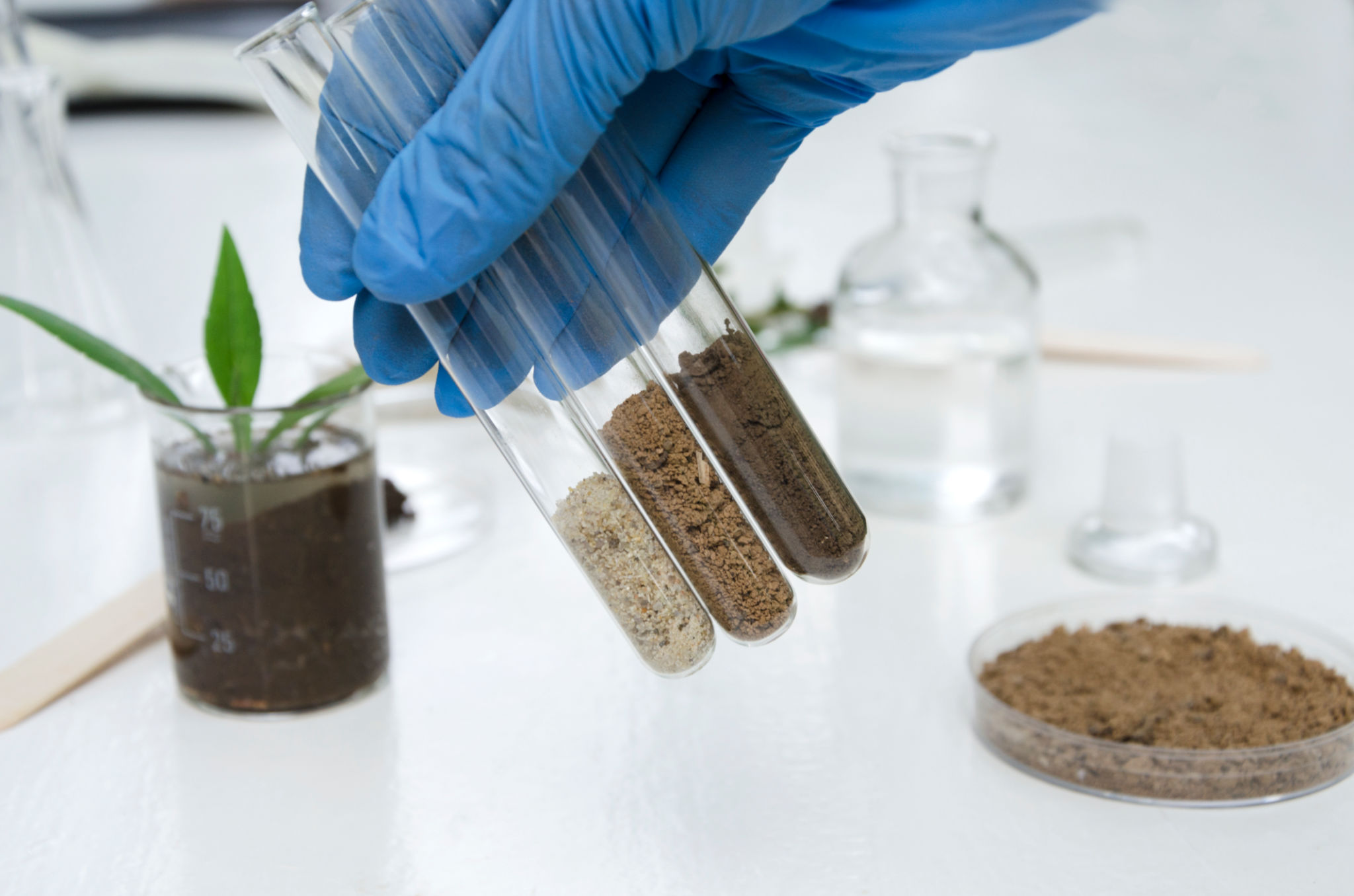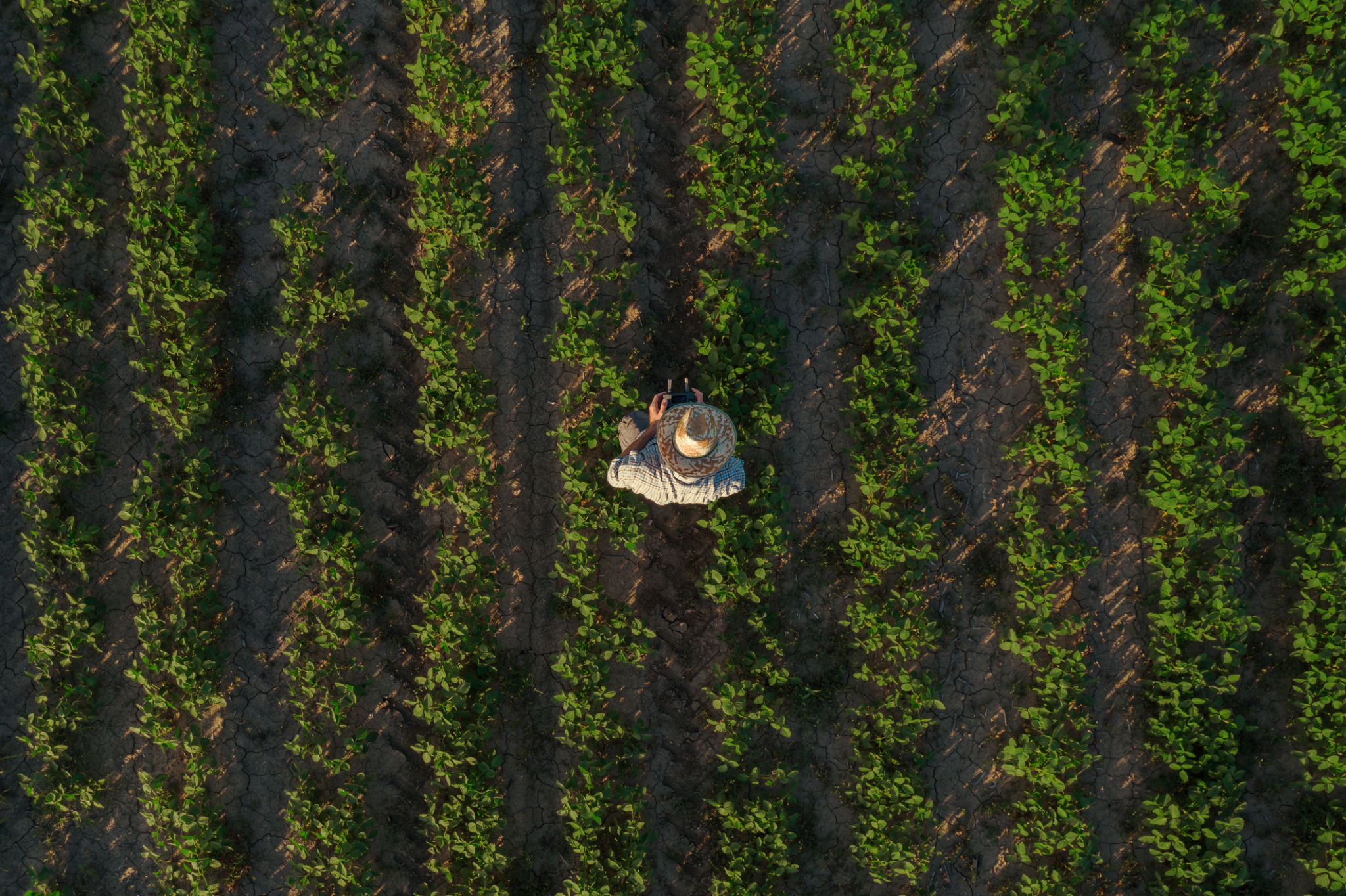How to Choose the Right Agricultural Inputs for Your Farm
Understand Your Soil Needs
Before selecting agricultural inputs, it's essential to understand the specific needs of your soil. Conducting a soil test is a fundamental first step. This test will help determine the nutrient levels and pH balance of your soil, which in turn informs you about the type of fertilizers and amendments required. **Knowing your soil composition** can save you time and resources while ensuring optimal crop growth.

Once you have insights from your soil test, focus on addressing deficiencies. If your soil lacks nitrogen, phosphorus, or potassium, choose fertilizers that replenish these nutrients. Additionally, consider organic options such as compost or manure to enhance soil health naturally. Being informed about your soil's condition allows you to make better choices regarding inputs.
Evaluate Crop Requirements
Different crops have varying nutritional needs. **Selecting the right seeds and fertilizers** starts with understanding the requirements of your specific crops. Research the ideal growth conditions and necessary nutrients for each plant type. This knowledge helps in choosing inputs that align with your crop's demands, improving yield and quality.
When selecting seeds, opt for high-quality, disease-resistant varieties. Certified seeds often offer better germination rates and resilience against pests. Make sure to consider the climate and growing conditions of your farm when choosing seed varieties.
Consider Environmental Impact
Today, sustainable farming practices are more important than ever. When selecting agricultural inputs, consider their environmental impact. **Prioritize products that are environmentally friendly** and promote biodiversity. Organic fertilizers and pesticides are excellent choices for reducing chemical runoff and preserving soil health.

Incorporate crop rotation and cover cropping into your farming practices to maintain soil fertility and reduce pest populations naturally. These methods decrease reliance on synthetic inputs and contribute to a healthier ecosystem.
Cost-Effectiveness and Budgeting
Budgeting is a critical aspect of choosing the right agricultural inputs. **Analyze the cost-effectiveness** of various products by comparing prices and expected outcomes. Investing in slightly more expensive but higher-quality inputs can lead to better yields and reduced long-term costs.
Create a detailed budget that includes all potential expenses such as seeds, fertilizers, pesticides, and labor. Sticking to a budget helps prevent overspending and ensures that financial resources are allocated efficiently.
Consult with Experts
If you're uncertain about which inputs to choose, seeking guidance from agricultural experts can be invaluable. Agronomists or local extension services can provide advice tailored to your farm's specific conditions. Their expertise can help you make informed decisions that enhance productivity.

Networking with other farmers can also offer insights into successful input strategies. Sharing experiences and recommendations often leads to discovering effective solutions that might not have been previously considered.
Stay Updated with Technological Advances
The agricultural industry is constantly evolving with new technologies and products. Staying informed about the latest advancements can give you a competitive edge in input selection. **Utilize technological tools** like mobile apps and online platforms that provide real-time data on weather patterns, pest alerts, and crop management tips.
Implementing precision agriculture technologies such as GPS-guided equipment or drone surveillance can optimize input usage, reduce waste, and increase efficiency on your farm.
Monitor and Adjust
Once you've chosen your agricultural inputs, continuous monitoring is crucial. Keep track of crop growth, soil health, and pest populations to assess the effectiveness of the inputs used. If certain products aren't delivering expected results, be prepared to adjust your strategy.

Regularly review your approach based on observed outcomes and remain flexible in adapting new methods or products as necessary. This proactive attitude will ensure sustained success in your farming endeavors.
